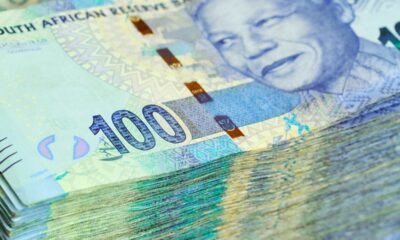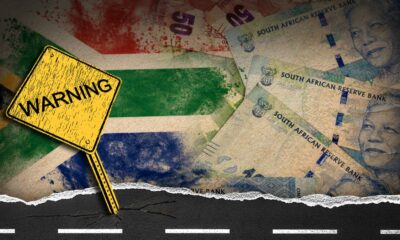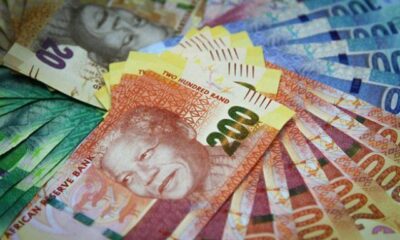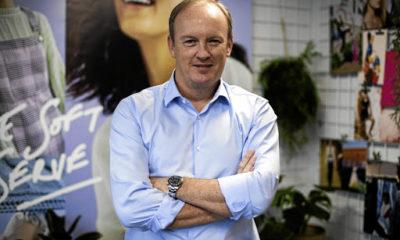Business
South African Consumers Are Spending More, But Can the Economy Keep Up?

It’s payday weekend in Johannesburg, and the tills are ringing louder than ever. From packed malls in Sandton to queues at township ATMs, South Africans are spending and the numbers prove it.
With average salaries climbing above 5% this year, 2025 is shaping up to be the second year of real wage growth. Consumers, long battered by inflation and stagnant earnings, are finally loosening their purse strings.
A Surge in Transactions
According to PayInc (the payments platform formerly known as BankServ), transactions in August hit a record high, jumping 9.4% year-on-year. Real-Time Clearing, DebiCheck, and PayShap led the charge, showing how fast South Africans are embracing digital payments.
By value, however, transactions dipped slightly to R1.351 trillion, down from R1.405 trillion in July, a reminder that while people are swiping more, they’re not necessarily spending bigger.
And for those who think cash is dying out? Think again. Demand for physical money rose 4.4% month-on-month in real terms, highlighting its enduring role in South Africa’s mixed economy, where not everyone has equal access to digital systems.
“Momentum is positive for digital payments, which continues to reflect monthly growth,” said Shergeran Naidoo, PayInc’s Head of Stakeholder Engagements. “But inclusion means meeting consumers where they are.”
Growth on Paper, Struggles on the Ground
The PayInc Economic Index also told a hopeful story, posting its fourth straight month of gains at 102.8 in August, up 1.3% from July and 3.7% higher year-on-year.
Independent economist Elize Kruger noted that the improvement was surprising given the heavy headwinds South Africa still faces:
-
Higher import tariffs raising costs,
-
Failing rail and port infrastructure slowing trade,
-
Cheaper imports squeezing local industries,
-
And pressure from sluggish trading partners.
GDP data backs the mixed picture. The economy grew 0.8% quarter-on-quarter in Q2, better than expected but still weak by global standards. Economists now forecast full-year growth of 0.9%–1.2%, below Treasury’s 1.4% projection and nowhere near the 3% target set by Operation Vulindlela.
“The economy is still lagging behind population growth,” Kruger explained. “Living standards are stagnating, even if paychecks look better on the surface.”
Retail Keeps the Lights On
If there’s one bright spot, it’s retail. Real sales rose 3.8% in the first half of 2025, outpacing GDP growth and proving that South Africans still find ways to shop, whether it’s groceries, gadgets, or a Friday night takeaway.
Social media is filled with mixed reactions: some celebrating a bit of relief in their wallets, others skeptical about whether this spending power is sustainable. After all, higher shopping volumes don’t mean much if wages can’t keep ahead of electricity hikes, food inflation, and transport costs.
The Balancing Act Ahead
South Africa’s economy is at a crossroads. On one hand, consumers are showing resilience, swiping cards and withdrawing cash in record numbers. On the other, the structural issues, from logistics bottlenecks to weak global demand, risk dragging the economy down.
For now, households are keeping retail afloat. But the bigger question remains: can the economy keep up with its own consumers?
{Source: IOL}
Follow Joburg ETC on Facebook, Twitter , TikTok and Instagram
For more News in Johannesburg, visit joburgetc.com



























